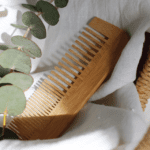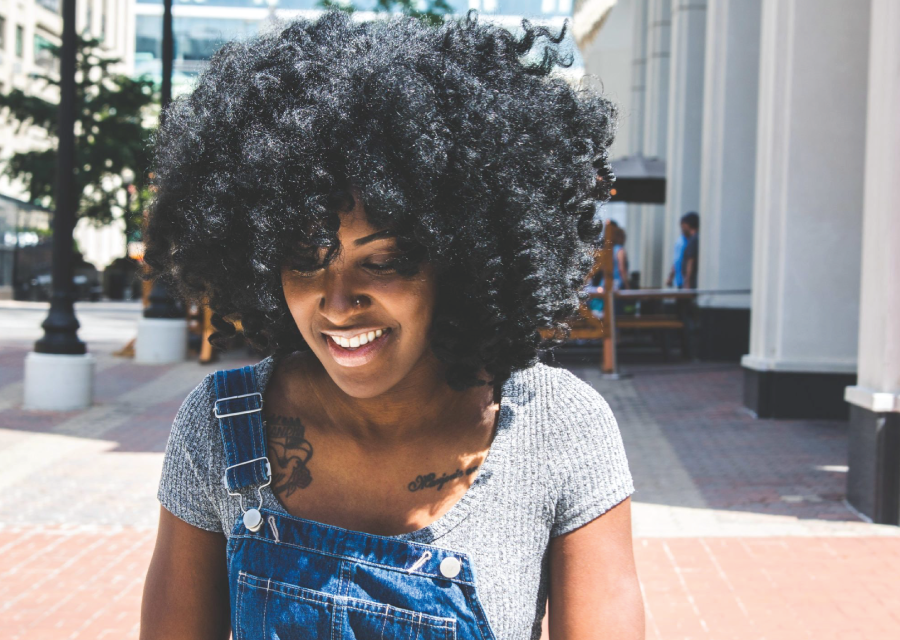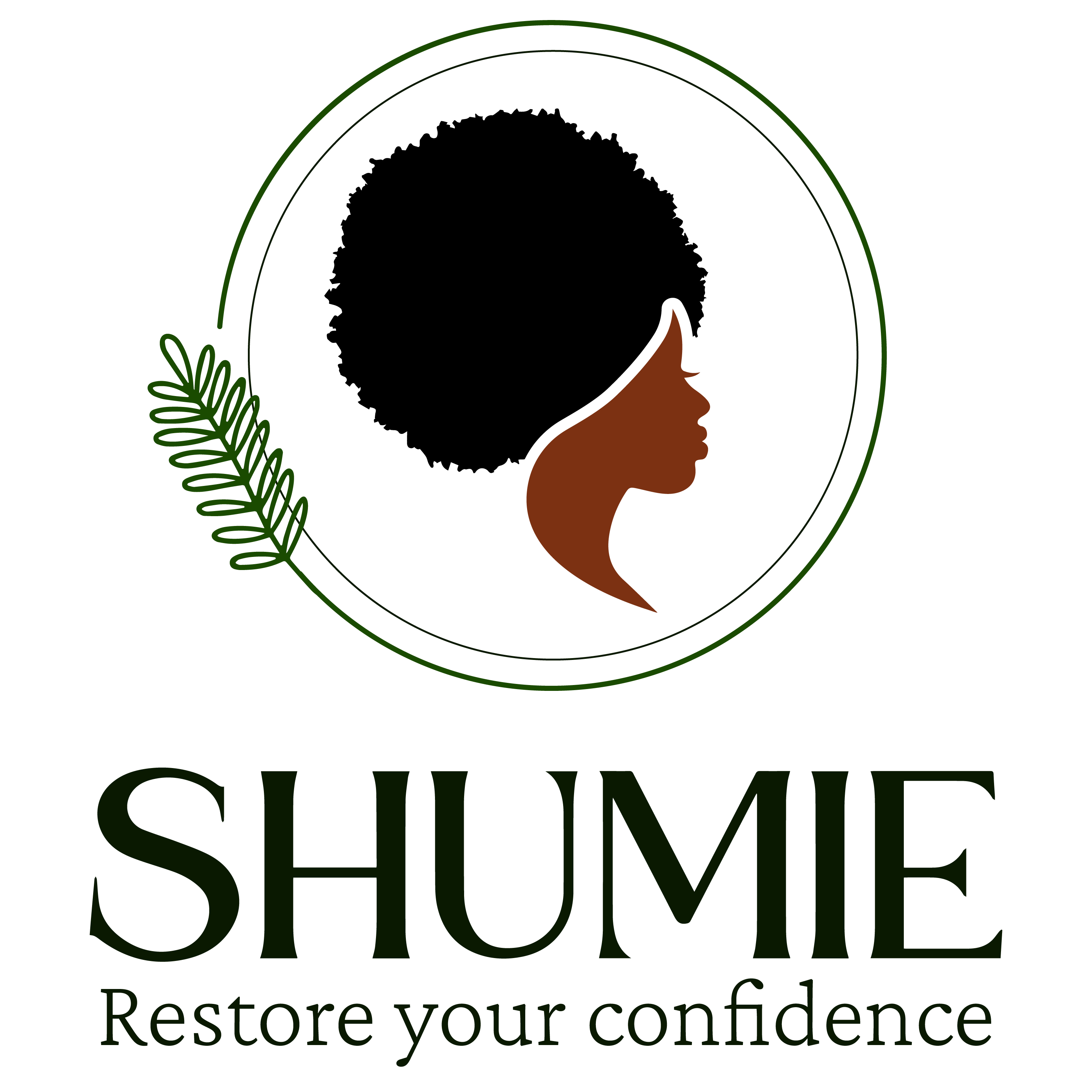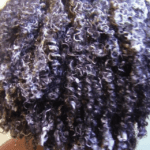

African Hair Types
It’s crucial to identify your precise hair type before starting your search for the tools, products, and fashions that will help you manage your hair. Knowing the specific type of hair you must use can make it easier to handle future hair issues. You may also save a lot of money by learning what your hair type specifically needs hence reduce money spend on inappropriate hair products and styling methods. Every hair type is different, and they all have different needs. By understanding more about your hair type, you will be able to learn about the many hairstyles that are particular to Africans and choose the advice in this article that will work the best for you.
major types of hair
African American hair can be divided into four main categories in general. The third and fourth hair kinds apply to the majority of African Americans with untreated, natural hair. Only a small number of black women fall under the first and second hair types without requiring them to undergo some form of chemical treatment or styling.
First Type: Straight Hair
Those who fall under this category have smooth and straight hair with very little signs of frizz. This hair type is not commonly seen on those with some level of African ancestry. In most cases, it is only achievable with the aid of constant hair relaxing treatments. Other women can also opt to undergo the lengthy and often painful hair weaving process to achieve this hair type.
Second Type: Wavy Hair
Unlike the popular “mermaid curls” that many women want to achieve, this type of hair has a more uniform appearance and courser texture. The waves in the hair are also much more pronounced and deeper than artificially curled hair. Women with this hair type often have problems achieving volume and body since the waves tend to stay closer to the head in “s-shaped” patterns.
Third Type: Curly Hair
The third type is one of the more typical African American hair types. Compared to the second hair type, hair falling under this category forms ringlets instead of “s-shaped” patterns on the scalp. Although this hair type looks curly when dry, it can achieve a deceptively straight appearance when wet. It also has a greater amount of body and a much softer and finer texture. Unfortunately, those with this hair type often have problems achieving more shine.
Fourth Type: Kinky or Wiry Hair
The fourth type is the most common African American hair type. Unfortunately,the tightness of the curls of kinky or wiry hair also makes this the most fragile of the four hair types. Kinky hair has an abundance of body and a course, wiry texture. While some hair strands can be more tightly wound than others, hair falling under this category often forms a zigzag shape. This “z shape” often results to dry hair that is prone to breakage.
DISCOVERING YOUR OWN HAIR TYPE
Now that you have learned about the four major hair types for African hair, it will be much easier for you to figure out your own category. However, it is important to note that the major hair types generally cater to natural and untreated hair. Therefore, if you have recently straightened your hair, you should wait for your new hair growth to surface. This way, you can make a more precise assessment of your exact hair type. For a more scientific assessment, it can be helpful to note that the shape of the hair follicles can greatly influence the curl. Those with flatter follicles tend to have more textured and curled hair. Meanwhile, those with rounder follicles tend to have straighter hair. Additionally, you should not be surprised to discover that your hair might actually be a combination of two or more hair types and textures. As a rule of thumb, you should determine the dominant hair type so that you can maximize the effects of your chosen hair care products and techniques.



